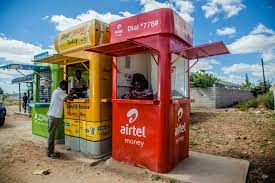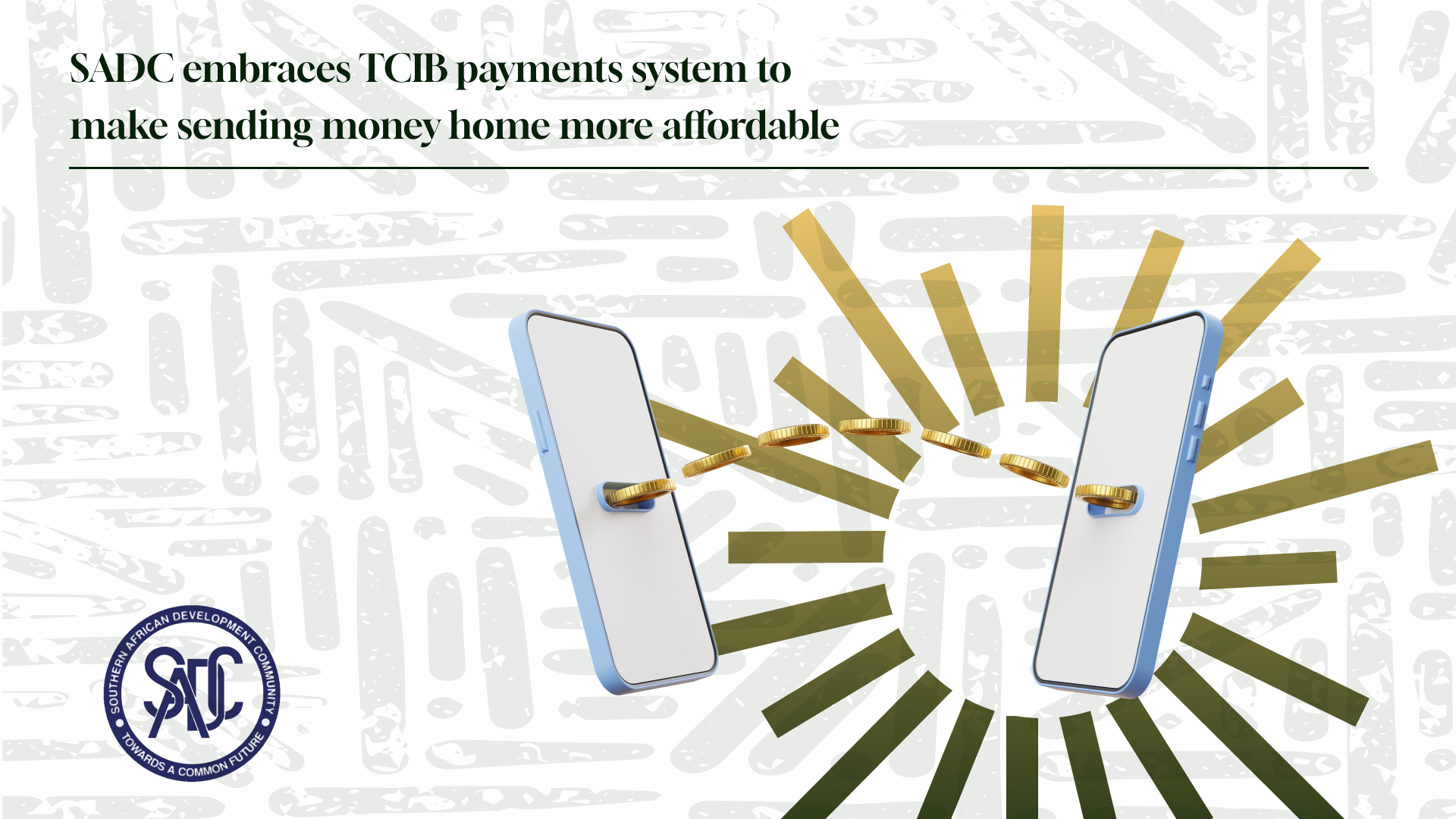On our recent trip to Zambia for the Inaugural AfCFTA Youth Symposium we could resist taking a look at the mobile money landscape in the country. It was remarkable to get a different perspective of what things on the ground looked like, apart from going over the Bank of Zambia’s reports.
The mobile money space in Zambia, at street level, was vibrant. We dare say you were not out of earshot of an Airtel, MTN, or Zamtel agent wherever you were in the Central Business District of Lusaka. What this suggested, at least to us, was that the Zambian Central Bank, in its very official and professional reading reports, was underselling things a little bit.
What the data says was given colour by transacting and interacting with as many mobile money agents as we could in our time in Lusaka… For one thing, a good chunk of people seemed to have more than one mobile money account from the different operators. It must be said that this is after the Bank of Zambia launched the National Financial Switch in 2019 (although it was operational in 2018) which allows for interoperability across all of the instruments in the National Payments System.
The initiative further fills the void that exists in rural areas where traditional financial services like bank accounts and branches are not easily accessible. More than anything else, it allows for mobile money wallets to become a cornerstone of financial inclusion for marginalised communities. It is strange that some people choose to have multiple mobile money wallets even though there is interoperability, but it might just be a case of playing the game of “whose charges are better“.
Values vs Volumes
“Mobile transactions continued to grow in 2022 with the value and volume of transactions processed increasing by 74.6% and 89.6% to K295.8 billion (2021: K169.4 billion) and 1,581,355,224 (2021: 834,121,817) respectively.”
Dr. Bwalya Ng’andu, Governor of The Bank of Zambia (Annual Report 2022)
Predictably, mobile money is in a class of its own when it comes to the volume of transactions. One possible reason for this is that there are far smaller value transactions for day-to-day things for the individual. This is a key financial inclusion metric because it suggests that more and more people are participating in various capacities and socioeconomic strata.

That was further fortified in the State of the Industry 2018 (Zambia) Report by the United Nations Capital Development Fund (UNCDF) which says that mobile money adoption in 2018 among adults in Zambia was 89%. As far as values dictate, there is far more happening in the Zambian Interbank Payments and Settlement System (ZIPSS) has far more sway with just over 78%.

This reaffirms the point made earlier about mobile money serving more small-value but high-volume transactions. While banking channels serve the inverse payments. And this isn’t at all odd because this is something that we observed in the Zimbabwean Market.
For further greater, check out – EcoCash transaction limits: impact on the National Payments System in numbers
Types of transactions happening in the Zambian mobile payments space
It should be stressed that the coming figures are for both bank and non-bank mobile transactions, which means there is no clear delineation between what is mobile money and what are e-wallets. However, that doesn’t necessarily matter because we can categorise those transactions in that “low-value, high-volume” category.

The peer-to-peer transactions are a little low which is pretty surprising. But it’s not at all unexpected that mobile airtime is among the biggest sellers, which speaks to the demand and proliferation of mobile telecommunications services. Although, that picture looks a lot different when the value of transactions is put up.

When it comes to the value of transactions, the script is flipped much like with Mobile Money and the ZIPSS. This paints a different image of the nature and strength of peer-to-peer transactions through mobile transactions and it’s to the point that airtime was not recorded in the Bank of Zambia’s report from 2022 for this particular category.
All in all, mobile money in Zambia looks very healthy and seems to have found its place as the bridge to traditional financial services in the Southern African country. The banking system still prevails when it comes to bigger values, however the volume of transactions shows that there is a recurring utility for mobile money.








